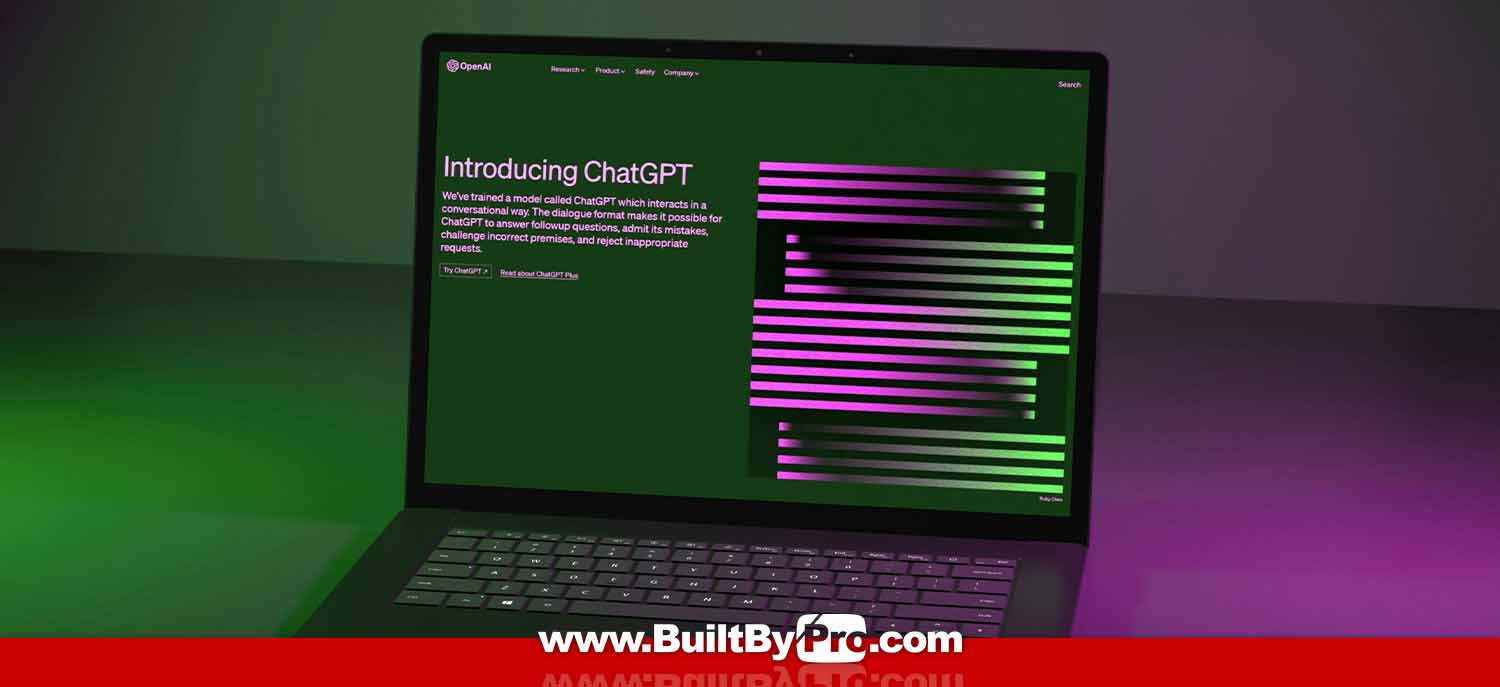In the dynamic landscape of online communication, establishing a unique voice for your brand is crucial. The term “writing tones” refers to the various styles and expressions used in writing to convey a specific mood or atmosphere. Whether you’re crafting website content, social media posts, or marketing materials, the tone you choose plays a pivotal role in how your audience perceives your brand.
For small business owners and brands looking to enhance their online presence, understanding and leveraging ChatGPT writing tones can be a game-changer. Imagine your content resonating with your target audience, capturing attention, and leaving a lasting impression. That’s the power of using the right tone.
Get The Pro ChatGPT Prompt HyperGuide Today!
Unlock 20 ChatGPT prompts with the Pro ChatGPT HyperGuide designed just for small business owners and brands! 🚀 Dive into the TWO MOST IMPORTANT ONLINE PROMPTS! 🌟 The Pro Prompt Template and the Prompt Writing Prompt work seamlessly together, ensuring you craft the most engaging prompts for your business. Ready to boost creativity? Sign up now and download your FREE Pro ChatGPT Prompt HyperGuide today! 🎉 Don’t miss out on the game-changing prompts that can elevate your brand! 🚀💡
What Are Writing Tones?
In the realm of ChatGPT, writing tones encompass the emotional and stylistic elements in language. They go beyond the mere words and delve into the way those words make your audience feel. Think of tones as the unique personality your brand adopts through its written content.
The beauty of ChatGPT lies in its ability to generate content in a wide array of tones, each serving a distinct purpose. Whether you want to convey professionalism, humor, or sincerity, ChatGPT has got you covered.
Why Do Tones Matter for Small Businesses and Brands?
- Establishing Brand Identity: Choosing the right tone helps in shaping a consistent brand identity. It’s about creating a personality for your brand that aligns with your values and resonates with your audience.
- Connecting with Your Audience: Different tones connect with different people. Understanding your target market allows you to tailor your content to appeal directly to them, fostering a deeper connection.
- Enhancing User Experience: A well-chosen tone enhances the overall user experience on your website. It makes your content more engaging, relatable, and enjoyable to read.

Unveiling the Top 50 ChatGPT Writing Tones:
Formal: Best Used For: Official documents, business communication. Example: “Dear [Name], I am writing to express my sincere gratitude for your kind assistance.”
Casual: Best Used For: Informal communication with friends or family. Example: “Hey! How’s it going? Let’s catch up this weekend.”
Professional: Best Used For: Business emails, job applications. Example: “I am writing to apply for the position of [Job Title] at your esteemed organization.”
Humorous: Best Used For: Entertainment, light-hearted content. Example: “Why did the chicken join a band? Because it had the drumsticks!”
Sarcastic: Best Used For: Expressing irony or mocking. Example: “Oh, great. Another flat tire. This day just keeps getting better.”
Serious: Best Used For: Discussions on important topics. Example: “The implications of climate change demand urgent and comprehensive action.”
Inspirational: Best Used For: Motivational speeches, self-help content. Example: “Believe in yourself, and you will be unstoppable.”
Enthusiastic: Best Used For: Expressing excitement and positivity. Example: “I can’t wait to see you at the concert! It’s going to be amazing!”
Nostalgic: Best Used For: Recalling past memories. Example: “I often reminisce about the days when we used to explore the neighborhood together.”
Melancholic: Best Used For: Expressing sadness or sorrow. Example: “The deserted streets echoed the loneliness in my heart.”
Analytical: Best Used For: Breaking down complex subjects. Example: “The data suggests a clear correlation between sleep patterns and overall well-being.”
Persuasive: Best Used For: Convincing others of a particular viewpoint. Example: “Investing in renewable energy is not just a choice; it’s a responsibility we owe to future generations.”
Inquisitive: Best Used For: Asking questions and exploring ideas. Example: “What if we approached the problem from a different angle?”
Cautious: Best Used For: Advising on potential risks. Example: “It’s crucial to proceed with caution when implementing major changes in the organization.”
Informative: Best Used For: Conveying factual information. Example: “The scientific method involves systematic observation, measurement, and experimentation.”
Instructional: Best Used For: Step-by-step guides or tutorials. Example: “Here’s a simple guide on how to set up your new computer.”
Celebratory: Best Used For: Announcing achievements or milestones. Example: “We are thrilled to announce the successful completion of our project!”
Ironic: Best Used For: Conveying opposite of the literal meaning. Example: “Well, that’s just fantastic,” she said, dripping with sarcasm.
Critical: Best Used For: Offering constructive criticism. Example: “While the concept is intriguing, there are several areas that require further refinement.”
Defensive: Best Used For: Responding to criticism or accusations. Example: “I must clarify that the decision was made after careful consideration of all available options.”
Hopeful: Best Used For: Expressing optimism. Example: “Despite the challenges, there is hope for a brighter future.”
Regretful: Best Used For: Expressing remorse or apology. Example: “I deeply regret any inconvenience caused by the oversight.”
Apologetic: Best Used For: Sincere apologies. Example: “I want to apologize for my actions and any hurt they may have caused.”
Reassuring: Best Used For: Providing comfort or assurance. Example: “Everything will be okay. We’ll get through this together.”
Respectful: Best Used For: Showing respect to others. Example: “Your insights are highly valued, and I appreciate the wisdom you bring to the discussion.”
Dispassionate: Best Used For: Neutral, objective writing. Example: “The report presents the data without any emotional bias.”
Eager: Best Used For: Expressing keen interest or willingness. Example: “I am eager to learn more about your research and collaborate on future projects.”
Mysterious: Best Used For: Creating intrigue or suspense. Example: “The old mansion hid secrets that whispered through the creaking floorboards.”
Casually Confident: Best Used For: A laid-back but assured tone. Example: “No worries, I’ve got this. I’ll have the project completed by the end of the week.”
Appreciative: Best Used For: Expressing gratitude. Example: “I wanted to express my heartfelt appreciation for your unwavering support.”
Candid: Best Used For: Honest and straightforward communication. Example: “Let me be candid; there are challenges we need to address to move forward.”
Compassionate: Best Used For: Demonstrating empathy. Example: “I understand this is a difficult time, and I want you to know that I am here for you.”
Tongue-in-Cheek: Best Used For: Playfully mocking or teasing. Example: “Well, that’s just fantastic. My car decided it wanted to be a submarine today.”
Excitable: Best Used For: Conveying extreme enthusiasm. Example: “I am over the moon about the opportunity to work on this groundbreaking project!”
Detached: Best Used For: Creating distance from the subject matter. Example: “The events unfolded as predicted, devoid of any personal sentiment.”
Eloquent: Best Used For: Expressing ideas in a sophisticated manner. Example: “The ethereal beauty of the sunset painted the sky in hues beyond mere words.”
Unconventional: Best Used For: Breaking away from traditional norms. Example: “In a world of conformity, let’s celebrate the beauty of being different.”
Stoic: Best Used For: Maintaining composure in challenging situations. Example: “In the face of adversity, she remained stoic, focused on the task at hand.”
Disappointed: Best Used For: Expressing dissatisfaction or letdown. Example: “I can’t help but feel disappointed by the lack of commitment to our shared goals.”
Stirring: Best Used For: Evoking strong emotions. Example: “His words were a stirring call to action that resonated with the hearts of the audience.”
Unapologetic: Best Used For: Boldly asserting one’s stance without regret. Example: “I am unapologetically passionate about championing this cause.”
Analyzing: Best Used For: Delving into the details of a subject. Example: “By analyzing the patterns, we can draw meaningful conclusions about consumer behavior.”
Ephemeral: Best Used For: Describing fleeting moments. Example: “The beauty of the cherry blossoms was ephemeral, lasting only a few precious weeks.”
Epic: Best Used For: Grand storytelling. Example: “In the epic battle, heroes emerged, and destinies were forever changed.”
Reflective: Best Used For: Contemplating past experiences. Example: “As the year comes to a close, I find myself in a reflective mood, pondering the journey we’ve taken.”
Flippant: Best Used For: Light-hearted and unconcerned. Example: “Well, that’s just another plot twist in the sitcom of my life.”
Pensive: Best Used For: Thoughtful and introspective writing. Example: “Lost in thought, she gazed out of the window, contemplating the mysteries of existence.”
Ambiguous: Best Used For: Intentionally vague or open to interpretation. Example: “His response was ambiguous, leaving us to wonder about his true intentions.”
Whimsical: Best Used For: Playful and fanciful writing. Example: “In the whimsical land of Lollypop Meadows, unicorns played hopscotch with fairies.”
Authoritative: Best Used For: Establishing credibility and expertise. Example: “Based on extensive research and expert consensus, it is unequivocal that climate change is a pressing global issue.”



